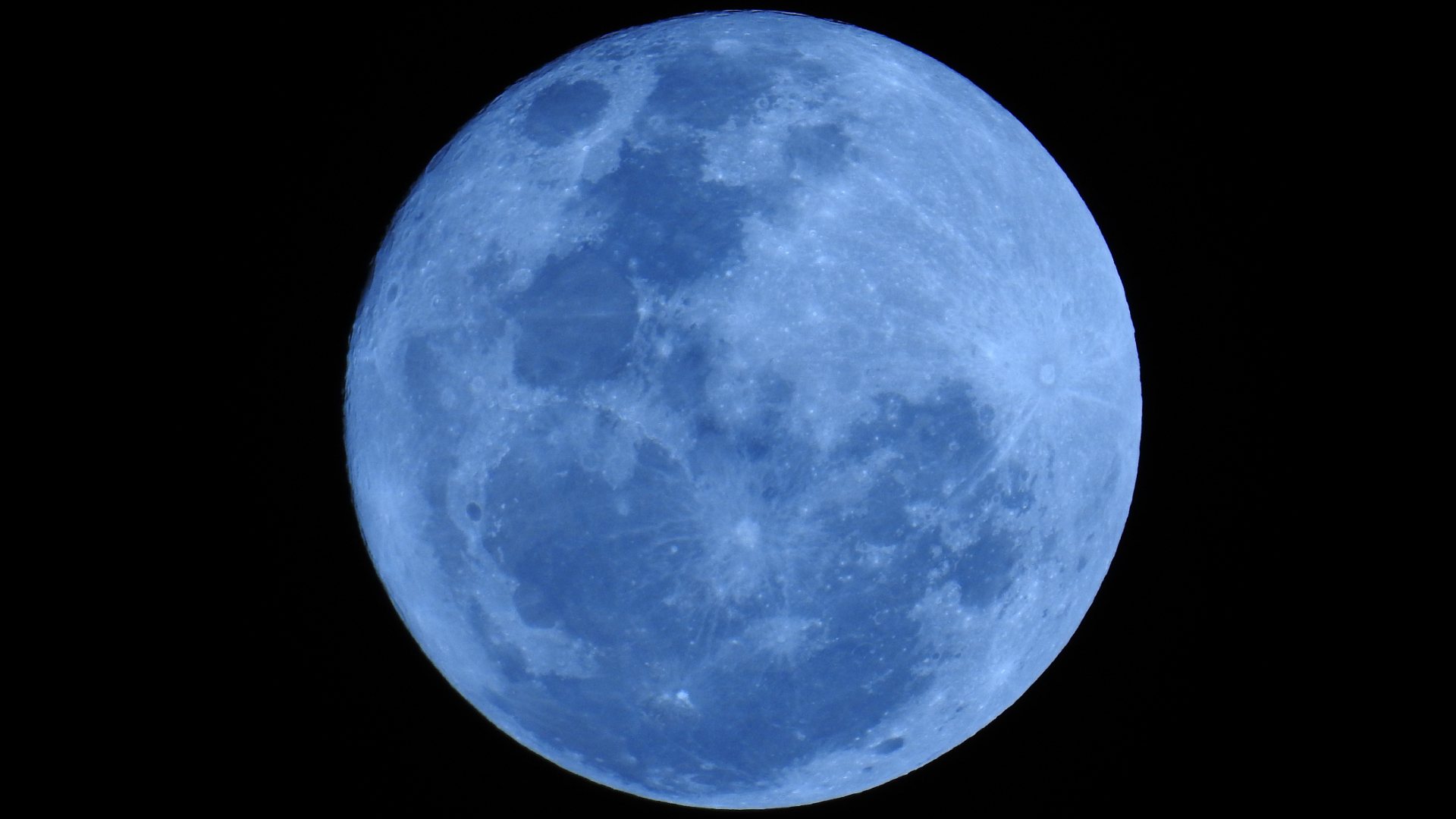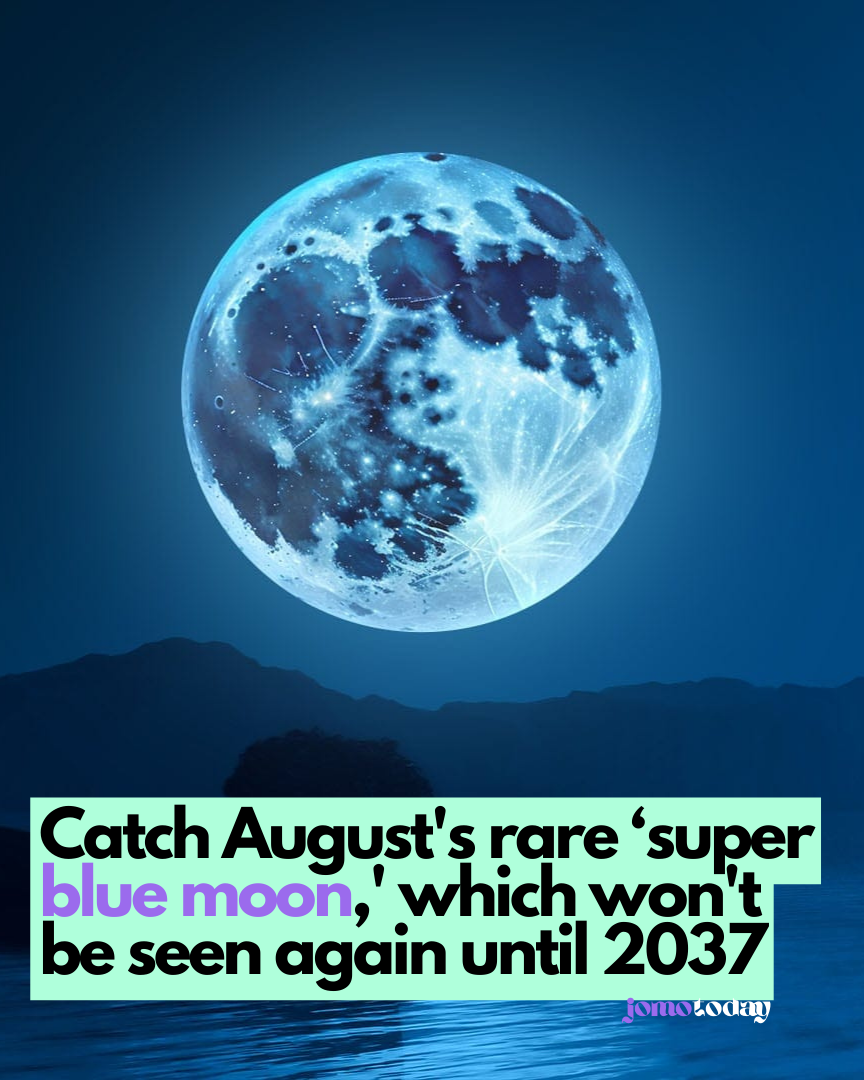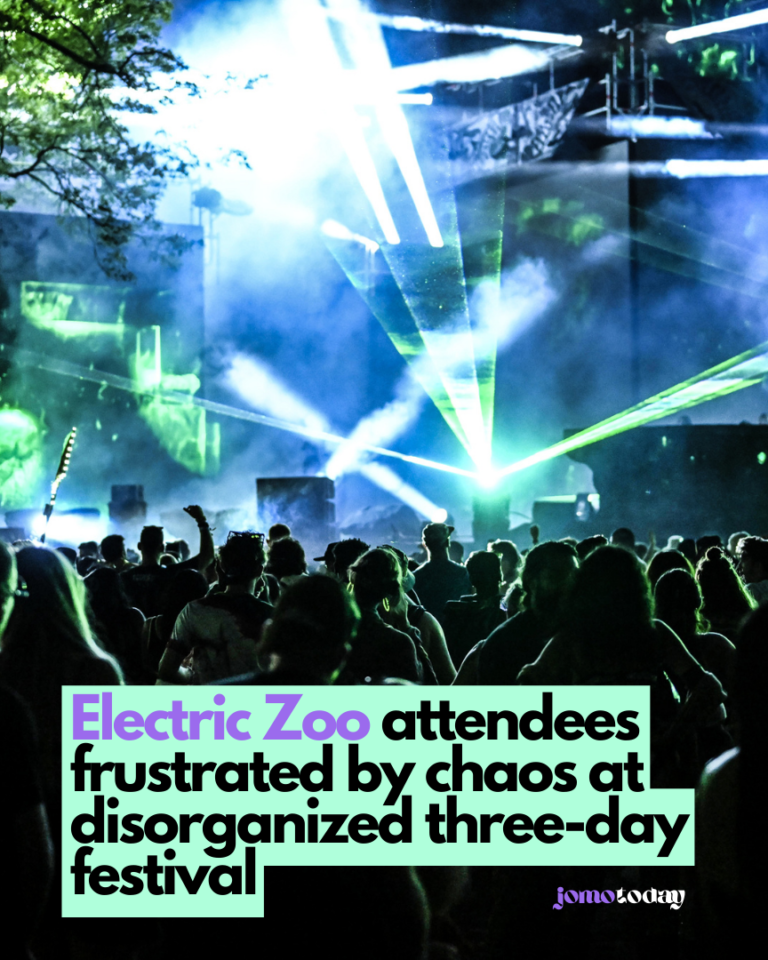Attention to all sky enthusiasts in San Diego, brace yourselves for an extraordinary cosmic spectacle!

On Wednesday, August 30, a unique alignment of a full moon, a supermoon, and a blue moon will grace the dark expanse above.
Such a convergence of celestial events won’t grace our skies for another 14 years, making this a truly remarkable and rare occurrence.
What time is the super blue moon 2023 in San Diego?
On Wednesday evening, the moon is slated to make its appearance at 7:29 p.m., followed by reaching its zenith in the sky at 12:14 a.m., displaying an impressive 99% illumination. The moon will then gracefully descend and set at 5:44 a.m., as reported by the Farmers’ Almanac.
According to the venerable retired NASA astrophysicist Fred Espenak, known as Mr. Eclipse due to his profound mastery of eclipse observation, these warm summer nights provide an ideal backdrop to witness the full moon ascending in the eastern heavens, a mere few moments after sunset. Notably, this phenomenon occurs twice in August.
What is a blue moon?
Similar to the nomenclature of various astronomical occurrences, it’s important to note that the moon won’t genuinely appear blue. The term “blue moon” refers to the second full moon within a calendar month, a phenomenon that typically features only one full moon.
What is a supermoon?
The moon engages in a perpetual orbital dance around the Earth, tracing an elliptical trajectory. Consequently, its proximity to our planet alternates, resulting in varying distances at different times, as outlined by NASA.
A supermoon transpires when the moon achieves a state of full illumination coinciding with its closest approach to Earth, specifically within 90% of its closest proximity. This remarkable event leads to the moon appearing more radiant and sizable than an ordinary full moon.
During such occurrences, the full moon takes on an increased closeness to us dwellers of Earth, endowing it with a particularly striking luminosity and size as it graces the nocturnal expanse.
How to see the super blue moon of 2023 in San Diego
Under clear skies, there’s an opportunity to enhance your observation with binoculars and telescopes stationed in your backyard, as suggested by Espenak. Through these optical aids, you might uncover lunar maria, the shadowy flat expanses shaped by ancient volcanic lava streams, as well as the rays emanating from lunar craters.
Spotting the highly luminous moon shouldn’t pose a challenge, given its brightness. However, if you wish to glimpse this moon prior to its culmination in the sky, seeking out elevated terrain is recommended. This vantage point could offer an advantageous viewing perspective.
A rare trifecta of natural phenomena
The subsequent occurrences of super blue moons are slated for January and March in the year 2037, and intriguingly, these two phenomena will transpire in quick succession.
The last instance of dual full supermoons taking place within a solitary month unfolded in 2018.
Approximately 25% of all full moons manifest as supermoons, while merely about 3% of full moons achieve blue moon status, according to NASA. The intervals between super blue moons display an irregular pattern, with a 10-year gap being the average and a maximum span of 20 years.
August’s full moon carries the traditional title of the sturgeon moon, as chronicled by the Old Farmers’ Almanac. This name harks back to centuries ago when the full moon’s brilliance illuminated the once-plentiful sturgeon fish species in the Great Lakes during the month of August.
Recent supermoon encounters
Perhaps you recall that the initial supermoon of the year graced our skies in July. According to the Associated Press, the fourth and final opportunity to witness a supermoon in 2023 will present itself in September. Nevertheless, the upcoming August supermoon is set to be more proximate to us compared to those later in the year, rendering this celestial display an unmissable event.
For those enthralled by the moon’s allure, NASA offers a daily moon guide, an interactive map designed for tracking lunar observations every day throughout the year. This resource can be particularly captivating for lunar enthusiasts.
Read more: Box Office: ‘Gran Turismo’ Narrowly Outraces ‘Barbie’ With Middling $17.3 Million






1 Comment